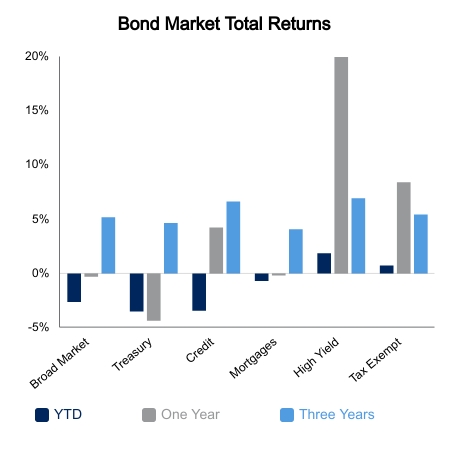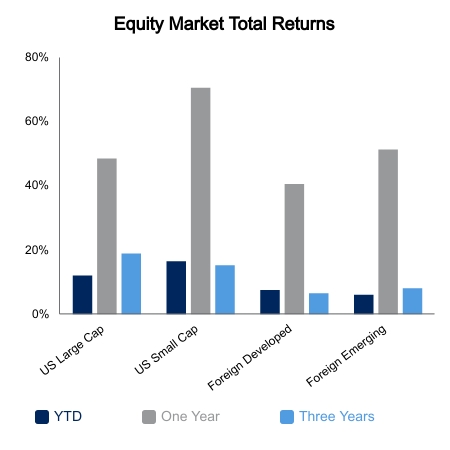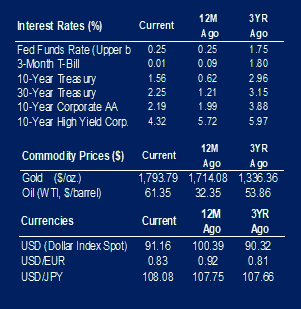There was another drop in existing home sales this week. Only 6.01 million homes were sold in March, down from February’s 6.24 million. This is the second consecutive month we have seen a drop. Despite March’s drop, existing home sales are up 12.3% over the year. The monthly drop indicates housing supply issues. The median existing-home price is up to $329,100, up 17.2% from a year ago.
New home sales for the month were significantly higher than expected as builders scramble to increase supply. The sales of 1.021 million homes in March were 20.7% higher than February’s 846,000 and 66.8% higher than a year ago. The expectation was for a marginal increase to 887,000. The median sale price of new homes was $330,800.
The S&P Case-Shiller 20-City Composite Home Price Index, which shows home price increases across 20 metropolitan areas, was up 1.2% in February. This takes year-over-year growth in home prices up to 11.9%. The expectation was for month-over-month growth of 1.1% and year-over-year growth of 11.8%
Durable orders were up 0.5% in March from the prior month. The drop of 0.9% in the prior month was after consecutive monthly increases starting in May of last year. The increase comes in lighter than the expected 2.3%. Orders for fabricated metal products, up 3.6%, led the increase.
The Markit Purchasing Managers Index (PMI) report indicates a strengthening economy. The PMI Composite number of 62.2 contributes to the narrative of 2021 GDP growth. The manufacturing PMI number is at 60.6. This is better than the expected 60.0 and the previous month’s 59.1. The services PMI number is at 63.1. This compares favorably with the estimated 61.3 and the previous month’s 60.4. The PMIs are diffusion indexes. Readings over 50 indicate a growing economy.
Consumer confidence increased in April to 121.7. This increase compares very favorably to April 2020’s drop of 85.70. The reading is up from March 2021’s 109. The number shows consumers think business conditions are good and are optimistic about the short-term outlook of the economy.
So far, 40% of S&P 500 companies have reported their revenue and earnings for the first quarter. Of the companies that have reported, revenue for the index grew by 10.4%. This is 3.1% higher than expected. Earnings grew by 39.2%, which is 22.7% better than expected. Growth in revenue and earnings were led by the Financials and Consumer Discretionary sectors.
 |
 |

Source: BTC Capital Management, Bloomberg LP, Ibbotson Associates, FactSet, Refinitiv.
The information provided has been obtained from sources deemed reliable, but BTC Capital Management and its affiliates cannot guarantee accuracy. Past performance is not a guarantee of future returns. Performance over periods exceeding 12 months has been annualized.
The information within this document is for information purposes only and is not intended as an offer or solicitation with respect to the purchase or sale of any security. Statements in this report are based on the views of BTC Capital Management and on information available at the time this report was prepared. Rates are subject to change based on market and/or other conditions without notice. This commentary contains no investment recommendations and you should not interpret the statement in this report as investment, tax, legal, and/or financial planning advice. All investments involve risk, including the possible loss of principal. Investments are not FDIC insured and may lose value.

